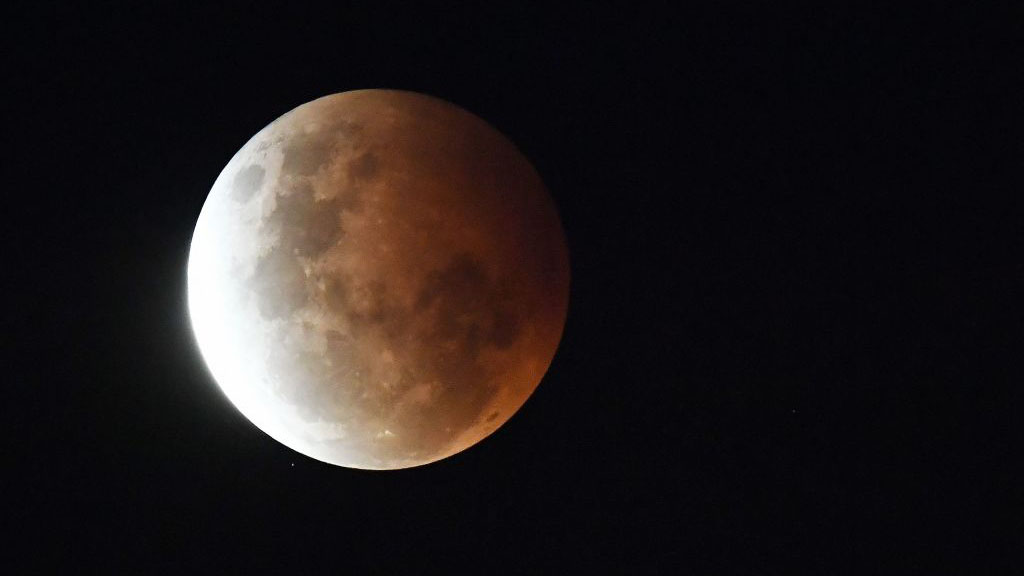

Because some of the sunlight striking the Earth is diffused and scattered by our atmosphere, the Earth’s shadow is not completely dark. The Moon will slide through the southern portion of the Earth’s dark umbra and at greatest eclipse all but 2½ percent of the moon’s diameter will be immersed in the shadow. It will take place in the predawn hours with the visible stages ending before moonset.

North and South America are in a very good position to see this lunar eclipse. November 18-19 – Partial Eclipse of the Moon Maximum duration of annularity: 3 minutes 51.2 secondsģ.The closing stages of the eclipse will be visible from Minnesota, the Great Lakes, and Ohio Valley, as well as the Carolinas and the Mid-Atlantic States.īut be careful! Staring at the sun with unprotected eyes or inadequate filters during the partial stages can cause severe retinal damage or blindness. Toronto will see 86 percent of the Sun’s diameter eclipsed, 85 percent in Montreal, and 80 percent for New York and Boston. About twenty minutes later, the shadow sideswipes the North Pole, then turns northwest, to leave the Earth’s surface a little over a half-hour later over the Kolyma region of the Russian Far East.įor those who live in New York State, New England, as well as southern portions of Ontario and Quebec, there will be an opportunity to see a most unusual sunrise this morning as the Sun will rise looking like a crescent with cusps pointed upward. It is here that the ring phase will last the longest: 3 minutes 51 seconds. There is an ongoing dispute between Canada and Denmark as to the Island’s sovereignty. The point of Greatest Eclipse occurs not far from tiny Hans Island, a small, uninhabited barren knoll located in the center of the Kennedy Channel of Nares Strait-the strait that separates Ellesmere Island from northern Greenland and connects Baffin Bay with the Lincoln Sea. The Inuit hamlet of Pangnirtung, nicknamed the “Switzerland of the Arctic” and home to 1,500 inhabitants, played host to a total eclipse of the Sun in 1979, and will now have an opportunity to see an annular eclipse lasting for 2 minutes 38 seconds, beginning at 6:10 a.m. After passing over James Bay and southern and eastern portions of Hudson Bay, the path moves over northern Quebec and after crossing the Hudson Strait, moves over Nunavut, the newest, largest, and northernmost territory of Canada separated officially from the Northwest Territories in 1999. In the province of Ontario, those located in Wabakimi Provincial Park will be able to see the rising Sun appear not as a circle of orange light, but rather, as a ring. This will be a rather unusual eclipse in that the path of annularity tracks in a strange manner, moving northeast, then north, and finally in a northwest direction, through central and northern Canada, northwest Greenland, past the North Pole, and finally ending over northeast Siberia.īecause the Moon’s shadow is striking the Earth at a very oblique angle, the path width is abnormally large: averaging about 380 miles (600 km) wide. Call it a “penny-on-nickel effect” with the nickel representing the Sun and the penny, the Moon. Hence, the term “annular” eclipse, derived from the Latin “annulus” meaning ring-shaped. As such, when the Moon passes squarely in front of the Sun, it will not totally cover it, but instead a ring of sunlight will remain visible. That’s why totality will last only 15 minutes.īecause at this moment in time the Moon is situated at a distance of 251,200 miles (404,300 km) from Earth, its disk will appear somewhat smaller than the Sun 5.7 percent smaller to be exact. The Moon will pass well to the north of the center of the Earth’s dark umbra the uppermost part of the Moon will be only 21 miles (34 km) from its outer edge. The Canadian Maritime provinces will be completely shut out as the eclipse begins after the Moon has already set.

Eastern regions must be content with perhaps a small scallop of darkness appearing on the Moon’s left-hand edge, or perhaps only a faint shading – the result of the Earth’s penumbral shadow. Central regions will be able to watch the start of the partial stages up to (or almost to) totality before the Moon sets. Hawaiians get a great view with the eclipse happening high in their sky in the middle of the night.Īcross North America, western regions will be able to see the total phase and a part of the closing partial stages before moonset intervenes. The Pacific Rim covers the western shores of North America and South America, and the shores of Australia, eastern Asia, and the islands of the Pacific. This eclipse favors the Pacific Rim, that is, the geographic area surrounding the Pacific Ocean.


 0 kommentar(er)
0 kommentar(er)
